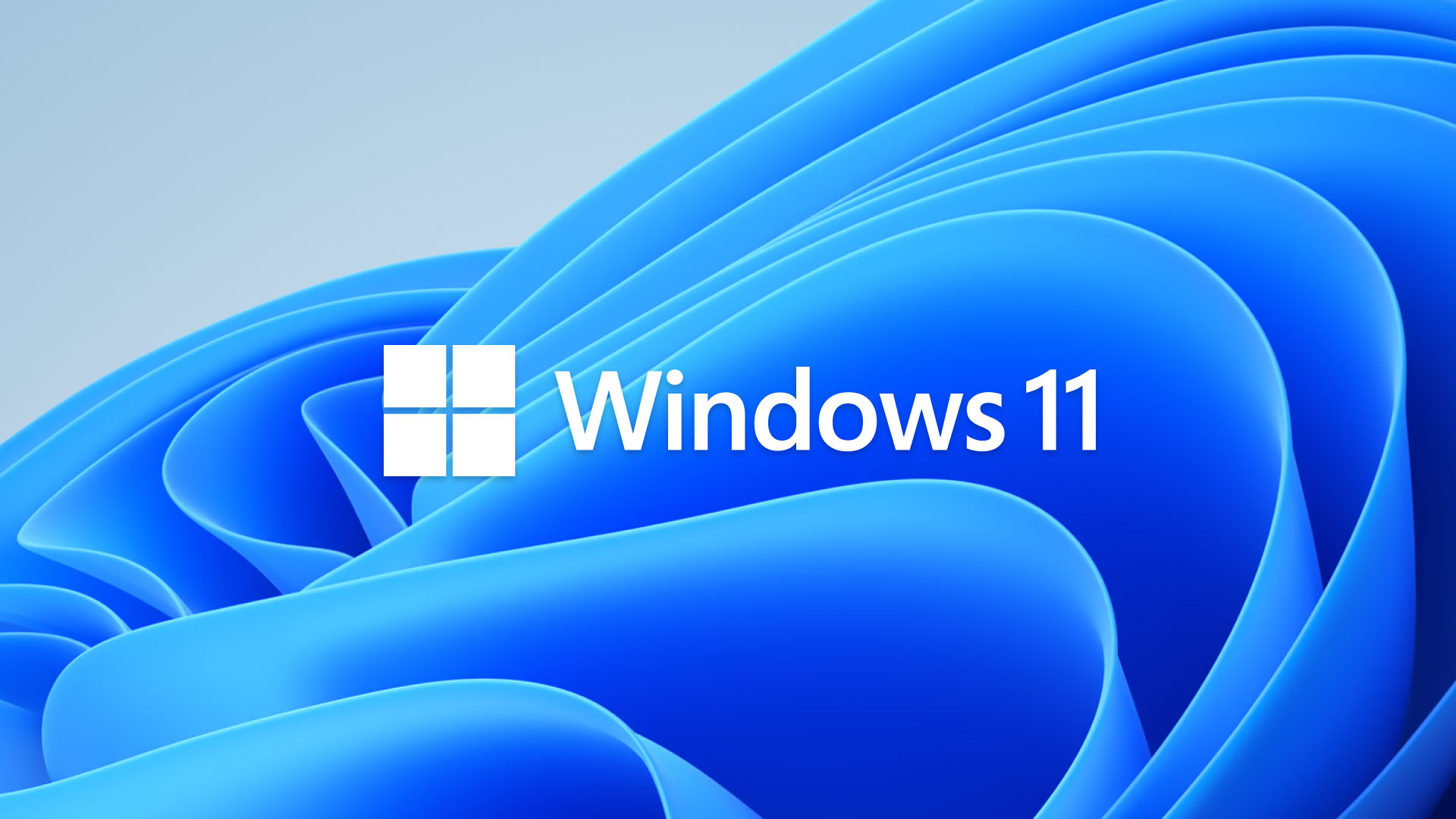Windows 11 has brought a fresh look and new features, but some users may experience lag or performance issues. To address these concerns, it’s essential to know the best settings for Windows 11 performance. By optimizing your system, you can significantly enhance its speed and responsiveness. In this article, we will explore the Best settings for Windows 11 performance that can help you fix lag quickly. Whether you are a gamer, a professional, or just a casual user, understanding the best settings for Windows 11 performance is crucial for a smooth experience. We will cover various tips and tricks that can be implemented easily, ensuring that you can enjoy the full potential of your Windows 11 system. Let’s dive into the best settings for Windows 11 performance that can make a noticeable difference in your daily computing tasks.
Understanding Windows 11 Performance
Before we delve into the best settings for Windows 11 performance, it’s important to understand what factors contribute to system lag. Performance issues can arise from various sources, including background applications, outdated drivers, and unnecessary visual effects. By identifying these factors, you can apply the best settings for Windows 11 performance to mitigate lag and enhance your overall experience.
Adjusting Visual Effects
One of the first steps in optimizing your system is to adjust the visual effects. Windows 11 comes with many eye-catching animations and effects, but these can consume valuable system resources. To access the best settings for Windows 11 performance regarding visual effects, follow these steps:
- Right-click on the Start button and select System.
- Click on Advanced system settings on the left sidebar.
- In the System Properties window, navigate to the Advanced tab and click on Settings under the Performance section.
- In the Performance Options window, select Adjust for best performance. This will disable all visual effects, or you can choose to customize which effects to disable.
By adjusting these settings, you can free up resources and improve the best settings for Windows 11 performance.
Managing Startup Programs
Another effective way to enhance performance is by managing startup programs. Many applications automatically launch when you start your computer, which can slow down the boot process and overall performance. To optimize the best settings for Windows 11 performance, you can disable unnecessary startup programs:
- Press Ctrl + Shift + Esc to open the Task Manager.
- Navigate to the Startup tab.
- Review the list of programs and disable any that you do not need to run at startup by right-clicking and selecting Disable.
By managing startup programs, you can significantly improve boot times and overall system responsiveness, contributing to the best settings for Windows 11 performance.
Updating Drivers
Outdated drivers can lead to performance issues and compatibility problems. Ensuring that your drivers are up to date is crucial for maintaining the best settings for Windows 11 performance. To update your drivers:
- Right-click on the Start button and select Device Manager.
- Expand the categories and right-click on the device you want to update.
- Select Update driver and follow the prompts to search automatically for updated driver software.
Regularly updating your drivers can help you avoid lag and ensure that your system runs smoothly, aligning with the best settings for Windows 11 performance.
Utilizing Storage Sense
Windows 11 includes a feature called Storage Sense, which helps manage disk space and can improve performance. By enabling Storage Sense, you can automatically delete temporary files and manage storage more efficiently. To enable this feature:
- Go to Settings and select System.
- Click on Storage and toggle on Storage Sense.
- Configure the settings to your preference, such as how often to run Storage Sense and what files to delete.
Utilizing Storage Sense is one of the best settings for Windows 11 performance, as it helps keep your system clean and running efficiently.
Adjusting Power Settings
Power settings can also impact performance. By adjusting your power plan, you can ensure that your system is optimized for performance rather than energy savings. To change your power settings:
- Right-click on the Start button and select Power Options.
- Click on Additional power settings.
- Select the High performance plan to prioritize performance.
Adjusting power settings is a simple yet effective way to implement the best settings for Windows 11 performance.
Running Windows Troubleshooter
If you are still experiencing lag after applying the above tips, running the built-in Windows Troubleshooter can help identify and fix issues. To run the troubleshooter:
- Go to Settings and select System.
- Click on Troubleshoot and then Other troubleshooters.
- Run the relevant troubleshooters, such as the Performance troubleshooter.
Using the Windows Troubleshooter can help you discover additional areas to improve, ensuring that you are utilizing the best settings for Windows 11 performance.
Conclusion
In conclusion, optimizing your Windows 11 system for better performance is essential for a smooth computing experience. By implementing the best settings for Windows 11 performance, such as adjusting visual effects, managing startup programs, updating drivers, utilizing Storage Sense, adjusting power settings, and running the Windows Troubleshooter, you can effectively reduce lag and enhance your system’s responsiveness. Remember that regular maintenance and updates are key to maintaining optimal performance. By following these tips, you can ensure that your Windows 11 experience is as efficient and enjoyable as possible, making the most of the best settings for Windows 11 performance.
